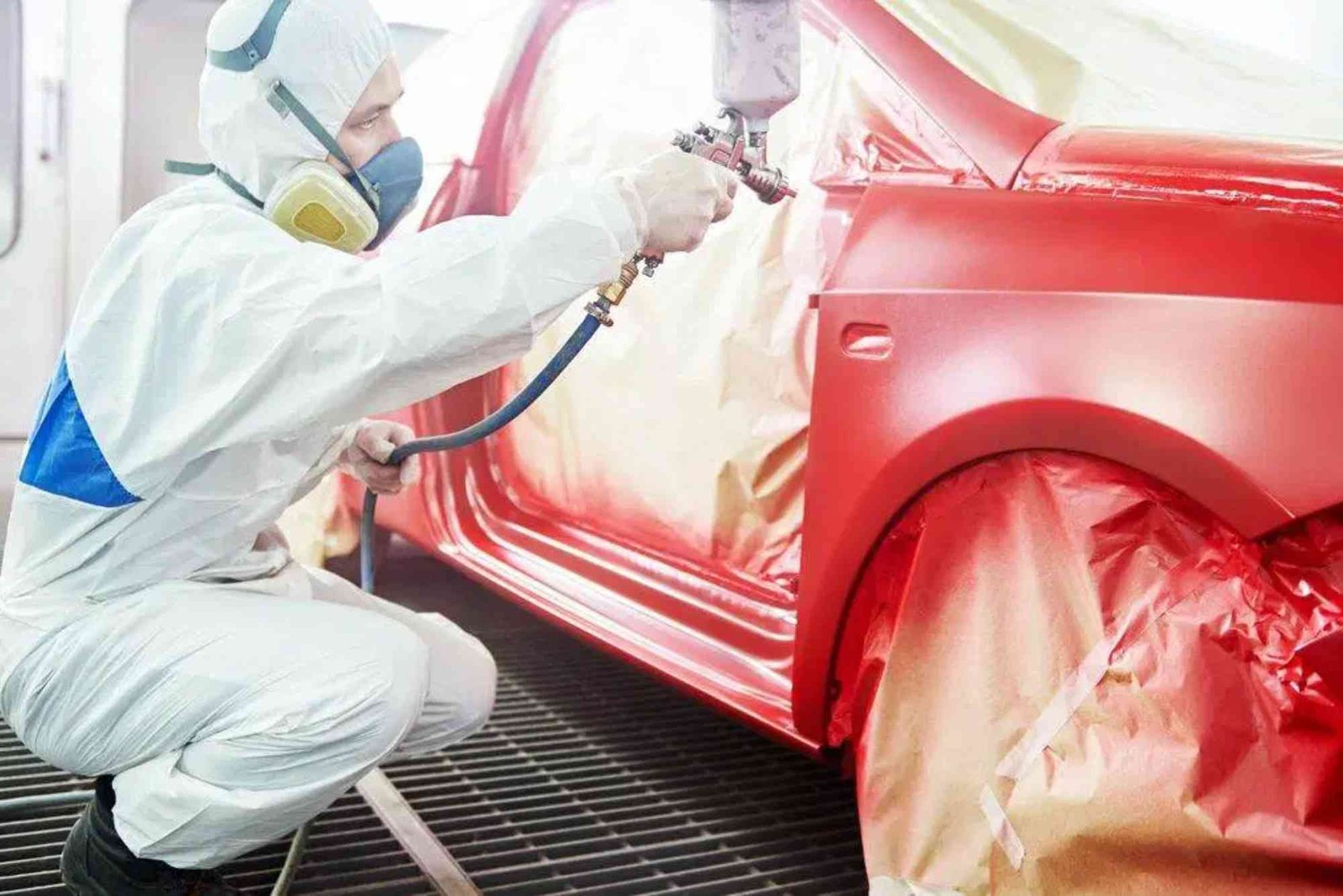Building an RC car at home is a rewarding experience that combines creativity, engineering, and hands-on fun. Whether you’re a hobbyist looking to tinker or a parent wanting an educational project for your kids, constructing your own remote-controlled vehicle is achievable. This guide will walk you through the process, offering practical tips, step-by-step instructions, and essential insights for creating a functional RC car from scratch.
Understanding the Basics of an RC Car
Before diving into construction, it’s important to understand how an RC car works. Fundamentally, an RC car consists of a chassis, motor, wheels, electronic speed controller, battery, and a remote transmitter with a receiver. The motor powers the wheels, while the receiver interprets commands from the transmitter to control speed and steering. Familiarity with these components will make assembly smoother and troubleshooting easier.
Key Components Explained
The chassis forms the car’s foundation and determines its strength and durability. Motors vary between brushed and brushless types, each offering different speeds and maintenance levels. Batteries, typically LiPo or NiMH, supply power, while the electronic speed controller regulates it. The transmitter and receiver communicate wirelessly, allowing you to maneuver the car precisely. Understanding each component ensures you select compatible parts that suit your RC car’s design.
Gathering Materials and Tools
Constructing an RC car at home doesn’t require specialized industrial equipment, but having the right materials and tools makes a big difference. Essential components include a chassis, motor, wheels, tires, battery, electronic speed controller, servo for steering, receiver, and transmitter. Tools like screwdrivers, soldering equipment, pliers, and a multimeter are helpful for assembly and testing. Selecting quality parts improves performance and reduces frustration during the build.
Choosing the Right Chassis
Your choice of chassis affects the car’s stability, speed, and maneuverability. Lightweight materials like plastic are easy to work with but may compromise durability, whereas aluminum or carbon fiber frames offer strength for advanced builds. Consider your project goals when selecting a chassis, as this will influence your component choices and overall design.
Step-by-Step Instructions for Building an RC Car
Preparing the Chassis
Start by cleaning and inspecting your chassis. Ensure all mounting points are intact and compatible with your motor, wheels, and battery. If your chassis requires modifications, carefully drill or adjust mounting holes to fit components securely. A well-prepared chassis provides a stable foundation for the entire project.
Installing the Motor and Electronics
Mount the motor securely on the chassis. Connect the electronic speed controller to the motor, ensuring proper wiring according to the manufacturer’s instructions. Attach the receiver and align it with the transmitter channels to establish communication. Proper installation of electronics is crucial for smooth performance and reliable control.
Adding the Steering Mechanism
Install the servo responsible for steering. Connect the servo to the receiver and adjust the linkage so that wheel movement matches controller input accurately. Testing this early helps identify alignment issues before adding additional components. Precise steering enhances driving experience and ensures better handling on different terrains.
Attaching Wheels and Tires
Secure the wheels to the axles and ensure they rotate freely without wobbling. Proper wheel alignment prevents friction and uneven wear. Tires should suit the terrain you intend to drive on, whether smooth indoor surfaces or rough outdoor tracks. The right combination of wheels and tires significantly impacts speed, traction, and control.
Connecting the Battery and Testing
Install the battery and connect it to the electronic speed controller. Turn on the transmitter and receiver, and test basic movement—forward, backward, and turning. Observe any unusual noises or resistance, as these may indicate wiring issues or misalignment. Testing at this stage allows you to make adjustments before completing the final assembly.
Fine-Tuning and Customization
After confirming functionality, fine-tune the suspension, speed settings, and steering calibration. Adding custom features such as a lightweight body shell or improved tires can enhance both aesthetics and performance. Experimenting with these tweaks allows you to personalize your RC car while optimizing it for specific environments.
Safety Tips While Building Your RC Car
While building an RC car at home is generally safe, taking precautions is important. Handle tools, especially soldering irons and cutting equipment, carefully to avoid injuries. When working with batteries, avoid short circuits and follow manufacturer guidelines for charging and storage. Safety ensures that your project remains enjoyable and accident-free.
Troubleshooting Common Issues
Even experienced hobbyists encounter challenges while building RC cars. Common problems include motors not running, wheels misaligned, or controls unresponsive. Checking wiring connections, confirming battery charge, and ensuring proper transmitter-receiver pairing often resolves these issues. Patience and methodical troubleshooting prevent frustration and improve the final outcome.
The Joy of DIY RC Car Projects
Building an RC car at home isn’t just about assembling parts—it’s a chance to learn about mechanics, electronics, and problem-solving. Each successful step brings a sense of achievement, and driving your creation is uniquely satisfying. Sharing the project with friends or children can also spark curiosity in engineering and technology.
FAQs About Building RC Cars
How much does it cost to build an RC car at home?
Costs vary depending on the components you choose. Basic builds can be under $50, while advanced setups with high-performance motors and batteries may exceed $200.
Can beginners build an RC car without experience?
Absolutely. Many hobbyists start with simple kits and gradually progress to custom builds. Following step-by-step instructions ensures a successful project.
What type of battery is best for home-built RC cars?
LiPo batteries are lightweight and provide high power, while NiMH batteries are safer for beginners. Your choice depends on performance needs and safety considerations.
Do I need soldering skills?
Basic soldering knowledge helps with secure wiring, though some kits offer plug-and-play components for beginners. Learning to solder enhances reliability and control.
Where can I find parts for my RC car?
Parts are available online through hobby stores, marketplaces, or local electronics shops. Selecting compatible components ensures smooth assembly and performance.
Building an RC car at home combines creativity, skill, and fun. By understanding components, carefully assembling electronics, and fine-tuning performance, anyone can create a fully functional remote-controlled car. Each project builds knowledge in engineering and problem-solving, providing both entertainment and educational value. For more detailed guidance and tips, check out our How To Make Tips and How To Make Rc Guide, or explore a Related article on buddyrepair.com for additional inspiration.
If you want, I can also create a fully formatted, ready-to-publish version with bolding, headings, and embedded anchor links for optimal SEO. This version would be visually ready for WordPress or any CMS.












